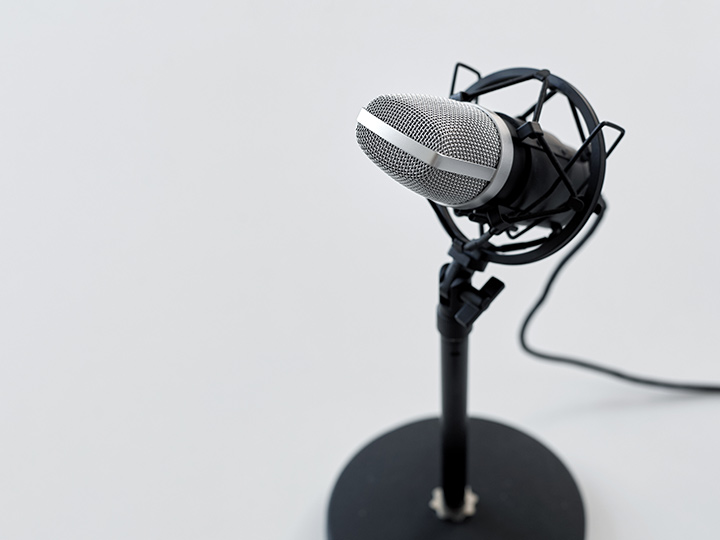How to choose the right microphone for vocal recording
I believe that many friends who do radio stations and friends who have just entered the broadcasting industry will be very confused about the choice of microphones for vocal recording. There are various specifications, prices, and performance of microphones. How to choose? Is it more suitable for our own vocal characteristics and broadcast characteristics?
1. Classification of microphones
Faced with the complicated types of microphones on the market, which microphone is suitable for our life recording? First, let's take a look at our common types of microphones.
Dynamic Microphone
(Dynamic Mics)
Dynamic microphones work just the opposite of sound. When the sound wave vibrates the metal diaphragm, the voice coil connected to the diaphragm will vibrate with it, and the voice coil vibrates in the magnetic field of the permanent magnet and generates an electric current (electrical signal). Therefore, such a microphone, in practical applications, is not dynamic enough. The frequency that can be captured is relatively narrow, but the price is low. However, students who want to record their own strong dynamic should consider carefully.
condenser microphone
(Condenser Mics)
Condenser microphones use a thin metal/plastic film to sense sound pressure to change the static voltage between conductors and directly convert it into an electrical signal. Generally speaking, condenser microphones have a wider frequency response and can capture low and high frequencies well. They are sharper and have better frequency response than dynamic mics, but are therefore not as robust as dynamic mics. The condenser microphone has switchable directivity, so you can adjust it for different placement requirements. This makes condenser microphones more practical in recording.
TIPS: Some students will have doubts about the large diaphragm and small diaphragm when purchasing. In fact, it is the size of the diaphragm that the microphone vibrates to pick up the inductive sound pressure. The small diaphragm is usually not as wide as the large diaphragm in the pickup frequency range and dynamics, but it is excellent in the pickup of the high frequency band.
Ribbon Mics
The basic working principle of ribbon microphones is very similar to that of dynamic microphones. A weak current is generated by cutting the magnetic field lines through the aluminum strip, thereby generating an electrical signal. Ribbon microphone is a type of microphone that people see early on on the screen. It has a very strong frequency response and brings a pleasant experience to the ear. Sounds recorded through a ribbon mic will have softer, less sharp highs, very full mids, and thick lows. However, they are generally not as good at capturing detail as condenser mics, and they are not as robust as dynamic mics. This type of microphone, in our actual use, is not recommended to everyone unless there are special needs.
The choice of microphone
So the question is, which microphone is suitable for recording vocals? The answer to this question is to keep trying different microphones and choose the one that suits your recording. If there is no such condition, you can refer to several points to choose the microphone. According to our needs for recording vocals, in fact, we recommend that you try to use large-diaphragm condenser microphones. Of course, if you want to record other instruments such as guitars, I suggest you choose a dynamic microphone.
Tips: Due to the high sensitivity of large-diaphragm condenser microphones, it is recommended that everyone's recording acoustic environment must be as quiet as possible to reduce reflections, and be sure to add a blowout cover to prevent the occurrence of "spray wheat".
The right situation is that there are enough microphones to choose from. Just like different microphones are prepared for different customers in a commercial recording studio, there are two main advantages to having more microphone choices. One, you can try different microphones and see which tone suits which vocal character. For example, you can use condenser mics to capture detail and wide frequency response, ribbon mics to capture rich, warm tones, and dynamic mics to capture punchy, thick tones. When you start mixing, you can combine tracks recorded from different microphones and balance each other to achieve the overall effect you want.










